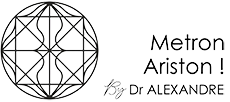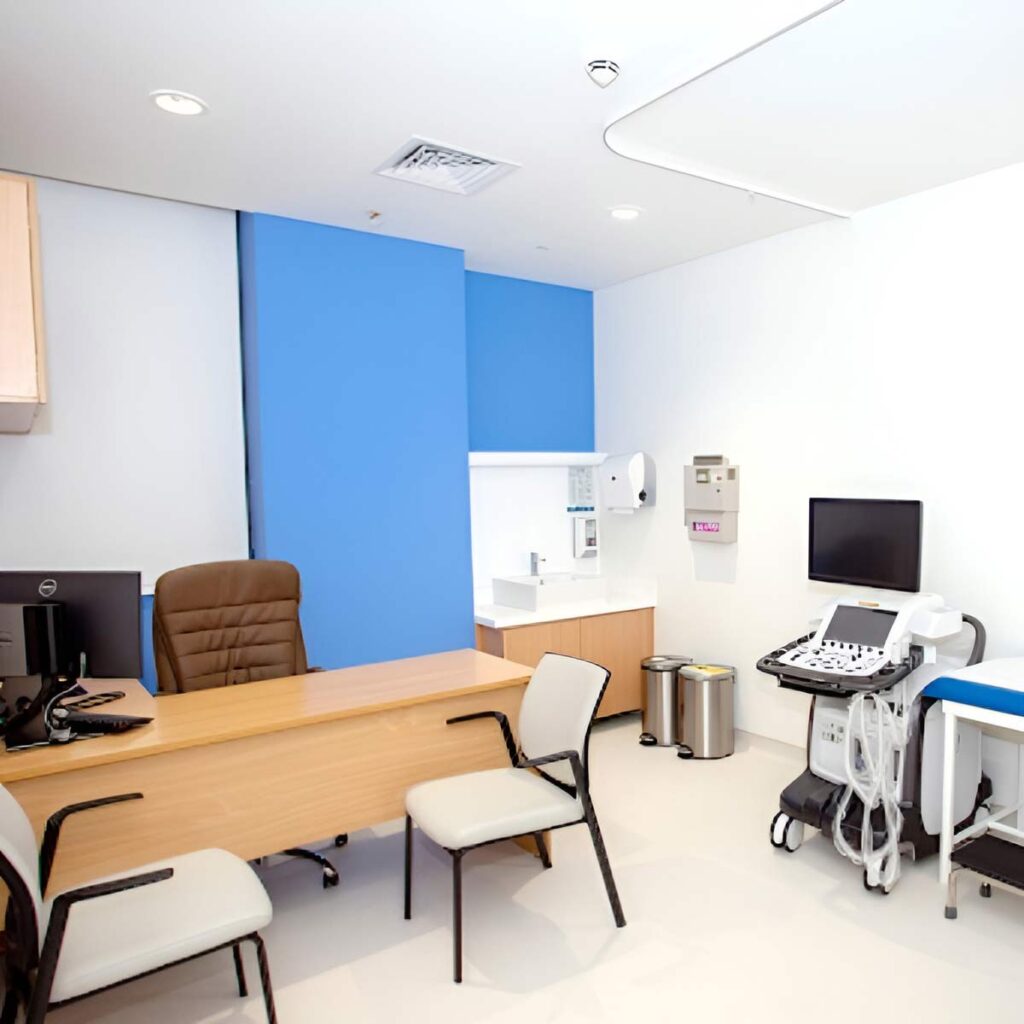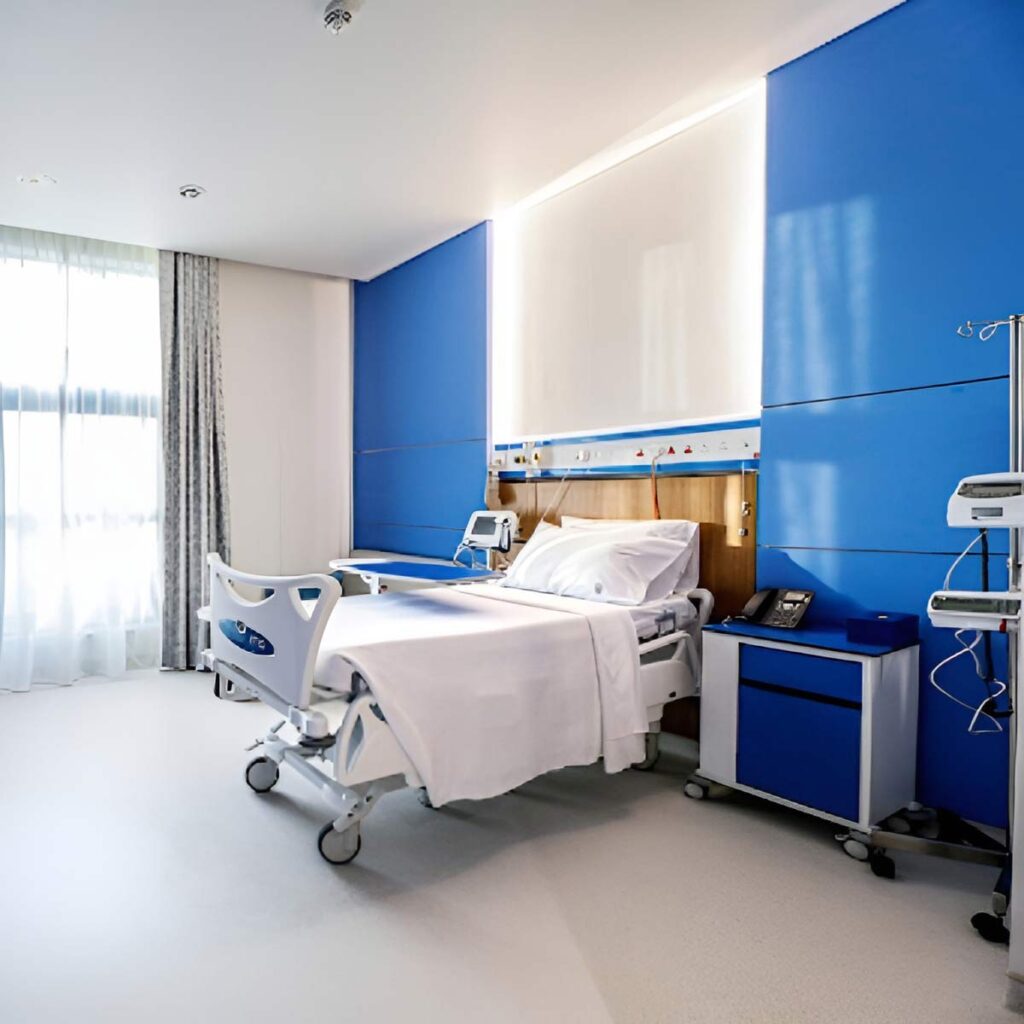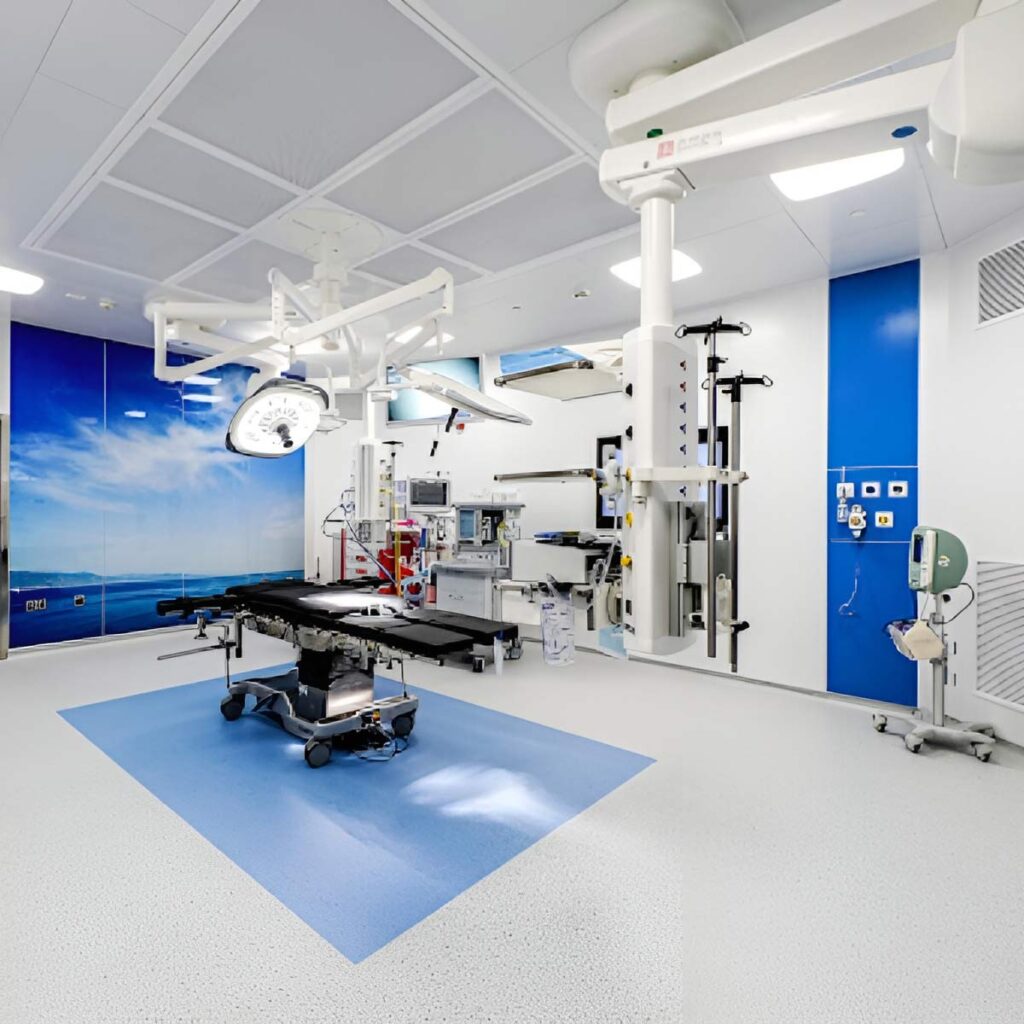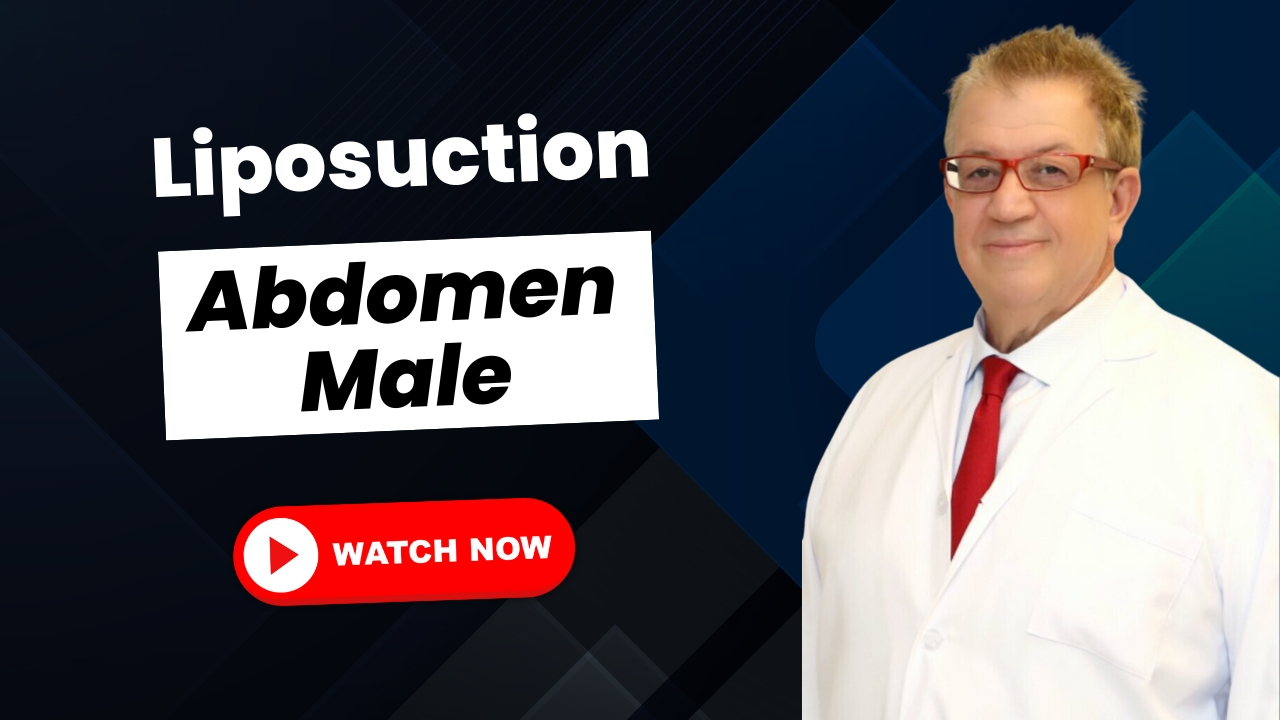Abdomen Liposuction In Dubai
What Is Abdomen Liposuction?
Abdomen liposuction is a popular cosmetic procedure that sculpts the body by removing unwanted fat from the abdominal area. This guide provides a detailed look into the process, from understanding the procedure to post-operative care, and what one can expect from the results.
Liposuction can enhance your appearance by creating a smoother, more harmonious body contour. This procedure also improves health by removing excess fat that can contribute to various health issues. Patients often experience heightened self-esteem and confidence after the procedure.
Book A Free Consultation
Dr. Alexandre Dionys M.d., Ph.d.
Book A Free Consultation
Preparing for Your Abdomen Liposuction
Consultation with Dr. Alexandre
During the initial consultation, Dr. Alexandre will evaluate your health, discuss your goals, and determine if you’re a suitable candidate for the procedure.
Pre-Procedure Guidelines
Patients will receive instructions to prepare for surgery, which may include dietary adjustments, medication management, and cessation of smoking.
Pre-Procedure Checklist:
Hospital Facilities
Our state of the art facilities are designed for premium plastic surgery services, making use of advanced technologies and enabling the application of innovative techniques.
Our patients benefit from the latest advancements in aesthetic surgery procedures, which ensure minimal downtime and optimal results.
Our facilities are equipped with cutting edge technologies and provide a comforting environment, focusing on delivering not just transformative plastic surgery solutions but also a superior patient experience. The dedicated staff, from the doctors to support personnel, is committed to maintaining the highest standards of patient care, making Dr. Alexandre a top choice for high-quality plastic surgery services in a sophisticated setting.
Post-procedure Care For Abdomen Liposuction
Immediate Aftercare Following Abdomen Liposuction
Patients will need to wear compression garments and may experience swelling and bruising, which are normal post-operative occurrences.
Long-term Care And Maintenance
To maintain results, patients should follow a healthy lifestyle, including a balanced diet and regular exercise.
Maintenance Tips:
Why Choose Dr. Alexandre?
Dr. Alexandre Dionys is a renowned Plastic Surgeon with over 30 years of experience and more than 15,000 aesthetic surgeries performed. He is a global pioneer in advanced Body Contouring and Facial Plastic Surgery. His academic excellence, evidenced by 500+ research publications and over 1000 scientific citations, establishes him as a leader in his field.
Choosing Dr. Dionys for plastic surgery ensures you receive care from a highly skilled and experienced surgeon, minimizing the risk of complications and unsatisfactory results. His unparalleled surgical skill and innovative techniques guarantee transformative and safe outcomes. Book a free consultation with Dr. Alexandre Dionys to achieve the body contouring results you desire.

Recovery Journey After Abdomen Liposuction
Timeline for Recovery Post-Abdomen Liposuction
| TIMELINE | RECOVERY EXPECTATIONS |
|---|---|
| Day 1-3 | Significant swelling and bruising. Light activities encouraged. |
| Day 3-5 | Improved discomfort with movement and hydration. |
| Week 1-2 | Return to work; continue wearing compression garments. |
| Week 2-4 | Healed incisions, subsided discomfort; light exercise allowed. |
| Week 6 | Swelling and bruising mostly gone; discontinue compression garments, resume strenuous activities. |
| Month 3 | Full results of the procedure visible. |
After Care and Post-op Instructions
1. Maintain a Healthy Diet: Stick to an anti-inflammatory diet and consume protein-rich foods to support the body’s healing process and promote faster tissue recovery.
2. Rest and Hydrate: Ensure plenty of rest and stay well-hydrated. The right foods, fluids, vitamins, and nutrients are essential to an optimal recovery process.

